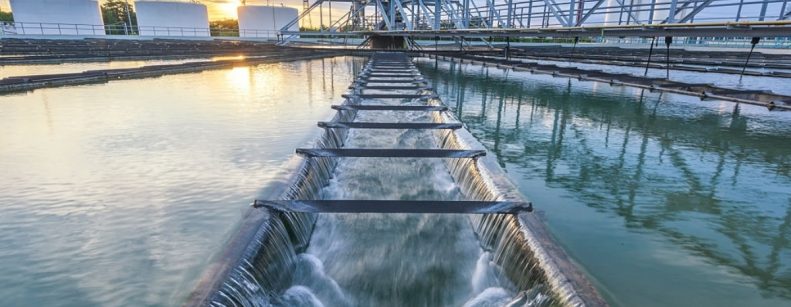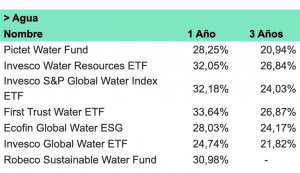
It is likely that many of you have had the opportunity to see "The Big Short", a film set in the subprime mortgage crisis that detonated in the U.S. financial markets and then spread to Europe and the rest of the world. Based on the book "The Big Short: Inside the Machine Doomsday" by Michael Lewis, the film describes some of the factors that triggered the crisis and tells the stories of people who lived through those complex days in different ways. One of them is Dr. Michael Burry, played by English actor Christian Bale, a former neurologist, with Asperger's and blindness in one eye, who acts as a hedge fund manager. Beyond the quality of the book and the movie to faithfully represent what happened during those days, today I remember a phrase expressed almost at the end of the movie: "Burry is focussing all his trading on one commodity: Water".
This phrase takes on special meaning today. Water is not only fundamental for human life, but is also a key productive factor in many sectors of the economy. It is of primary importance in agriculture, forestry and fishing, used intensively in the energy sector and in extractive activities such as mining, and even in the production of the simplest goods we use every day. For this reason, the United Nations has no hesitation in describing water as an essential component of economies, necessary to create and maintain jobs.
Where is the problem? Water resources are becoming increasingly scarce due to population growth, the effects of climate change and misuse of the resource. According to recent studies, 97.5% of water is salt water (oceans), 2.24% is fresh water (located in polar ice caps, glaciers and deep groundwater) and only 0.26% is fresh water accessible for human consumption (lakes, reservoirs and river channels). It is estimated that more than 2 billion people still do not have access to drinking water in their homes. Many international analysts maintain that the dispute over water will be the main source of world conflicts.
The world faces a tremendous challenge. There is a great opportunity for governments and the private sector to develop technological proposals to expand access to drinking water. Research allows us to have innovative technologies that allow us to condense steam, extract water from dry desert air, desalinate seawater, water filtration systems for consumption, recycling and many others.
The question then arises: how to invest in water? Probably the easiest way would be to acquire a piece of land with water rights or adjacent to a river. And no one doubts that it can be a valid alternative, however, nowadays there are faster, more efficient and diversified ways to achieve the same objective.
I am thinking for example of investing in public companies involved in the water treatment and distribution business (utilities), via an Exchange Traded Fund (ETF) or directly in a company.
Among the active and passive funds offered in the market are the following:

Multy Family Office FYNSA